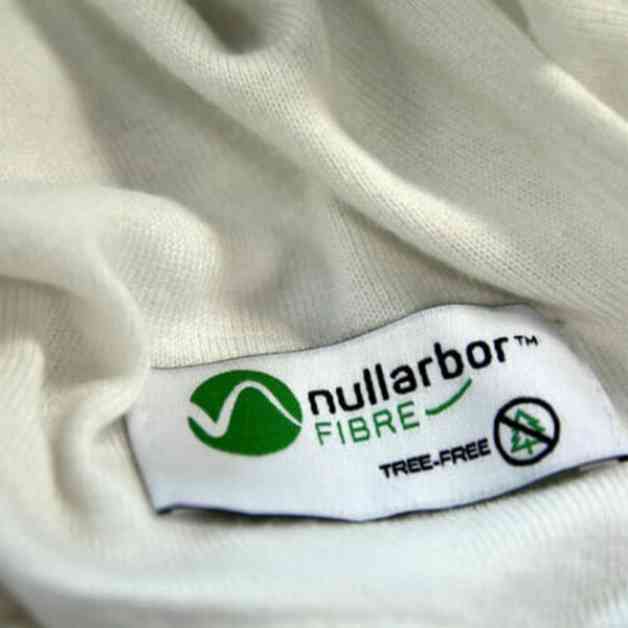Paradise Textiles, the innovation center of the Alpine industrial group, has recently partnered with Nanollose, a specialist in microbial cellulose, in an effort to develop a new generation of innovative fibers. This exclusive partnership aims to explore the potential of Nullarbor, a unique cellulosic material created by Nanollose through the microbial fermentation of waste.
Unlike traditional cellulose fibers that are derived from wood pulp, Nullarbor offers a sustainable alternative that aligns with Paradise Textiles’ focus on cutting-edge research and innovation in sustainable materials. The collaboration between the two companies seeks to promote Nullarbor to potential manufacturers and brands, highlighting its potential as a game-changer in the fashion industry.
Dr. Wayne Best, the executive chairman of Nanollose, expressed his excitement about the partnership with Paradise Textiles, emphasizing the shared commitment to sustainability and innovation. He noted that Paradise’s expertise and customer base make them an ideal partner for introducing Nullarbor fiber technology to the market.
Cellulosic materials currently represent a small percentage of global fiber production, with synthetic fibers dominating the market. However, the partnership between Paradise Textiles and Nanollose signals a shift towards more sustainable and eco-friendly alternatives in the fashion industry. By leveraging innovative technologies like Nullarbor, the two companies are paving the way for a greener future in textile manufacturing.
As consumer demand for sustainable fashion continues to rise, collaborations like the one between Paradise Textiles and Nanollose play a crucial role in driving industry-wide change. By harnessing the power of microbial cellulose and advanced manufacturing techniques, these companies are setting a new standard for environmentally conscious textile production.
Moving forward, the partnership between Paradise Textiles and Nanollose is poised to revolutionize the way fibers are produced and utilized in the fashion industry. With a shared vision of sustainability and innovation, these two companies are working together to create a more sustainable future for fashion, one fiber at a time.










